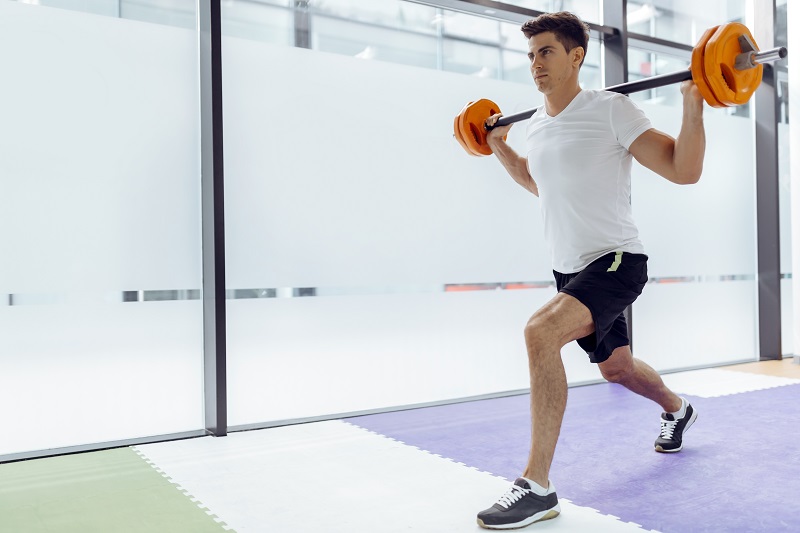Why weight-bearing exercise is essential for strong bones
Think of bone health and likely thoughts of drinking a glass of milk or eating a cup of yogurt comes to mind. Calcium-rich foods like milk and yogurt are indeed excellent for building strong bones. But never underestimate the power of lifting dumbbells, jumping rope, or pounding out a few pushups for building bone mass.
Your bones are living tissue and like any living tissue, they need and require certain factors to keep them healthy and one of those requirements is stress in the form of weight-bearing exercise. Strong bones need stimulation to grow and to maintain integrity. While drinking milk and eating calcium-rich foods are necessary for making bones strong, if you only drink milk or eat other calcium-rich foods without exercise, you won’t get the results of optimal bone mass. It’s the same thing as when you are trying to build strong muscles – if you only eat extra protein without resistance training, you won’t reach maximum muscle mass.
By adding weight-bearing exercise to your fitness routine in addition to consuming calcium-rich foods, you’ll reach a higher peak bone mass contributing to overall bone health.
Understanding bone-health benefits of weight-bearing exercise
Bone health and strength are positively influenced by weight-bearing exercise for several reasons:
- When there is stress on the bone, such as from jumping rope or fast walking, this stimulates calcium uptake leading to new bone formation particularly in children.
- Participating in exercise promotes stronger muscles and enhances coordination and balance, reducing the risk of falling and breaking a bone.
- High-impact exercise has a site-specific effect on bones so that the area influenced by this will have the most benefit.
- All ages can achieve benefits to their bones with weight-bearing exercise. Premenopausal and postmenopausal women, both at risk for osteoporosis, will experience increases in bone density from weight-bearing exercise.
Examples of weight-bearing exercise
The key concept to bear in mind is not all exercise will have a positive impact on our bones. For example, swimming or bicycling are excellent for heart health but do little for bone health as they are not weight-bearing. Weight-bearing exercise creates stress on the bones needed to stimulate mineral uptake of calcium. This is crucial for adolescents, the time of life when an increase in bone mass is at its peak. A teenager who drinks his milk and engages in some form of regular weight-bearing exercise will have a greater optimal bone mineral content than another teenager who doesn’t do this.
The National Osteoporosis Foundation recommends adults engage in weight-bearing exercise for 30 minutes most days of the week. Strength-building exercises should also be part of a fitness routine and performed two to three days a week. To enhance balance and posture, it is recommended to do functional exercises such as yoga or pilates every day or at least most days of the week.
Here are examples of each:
High-Impact weight-bearing exercises – do 30 minutes most days of the week
- Jumping rope
- Hiking
- Dancing
- Jogging or running
- Climbing stairs
- Playing tennis
- High-impact aerobics
Low-Impact weight-bearing exercises – do 30 minutes most days of the week
- Fast walking
- Using a stair-step machine
- Using elliptical machines
- Low-impact aerobics
Strength-building exercises – do at least twice a week
- Lifting weights
- Using elastic bands
- Using weight machines
- Bodyweight exercises such as pushups or pullups
Exercises for balance, stretching and posture – do every day or as often as possible
- Yoga
- Pilates
- Tai chi
- Basic stretching
- Barre exercises

